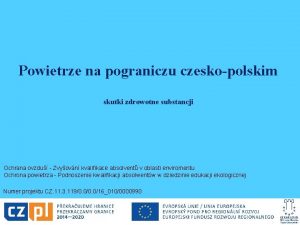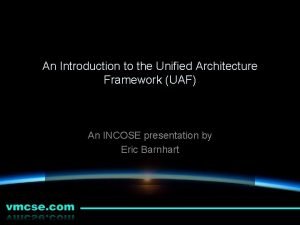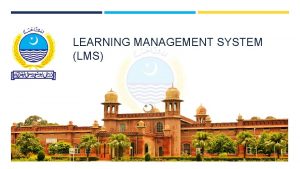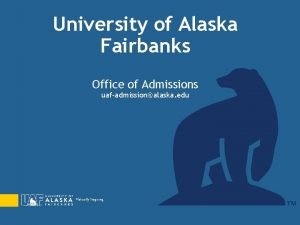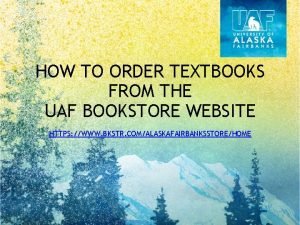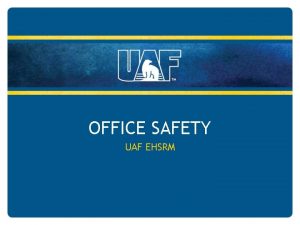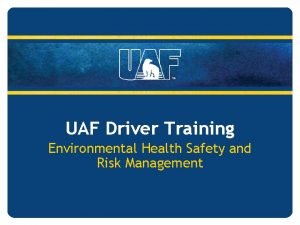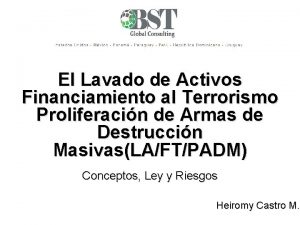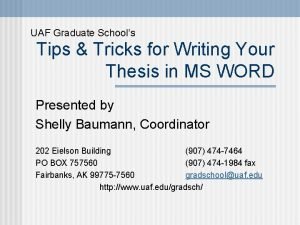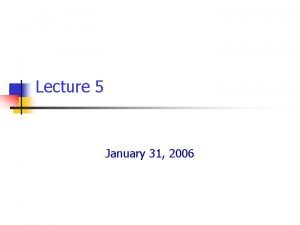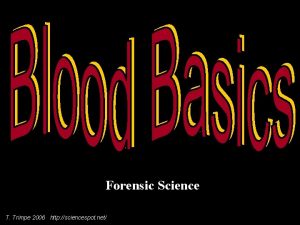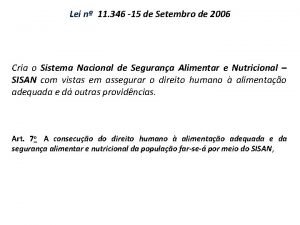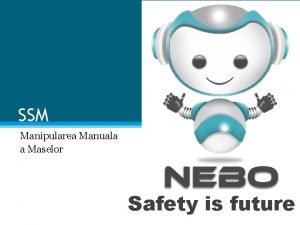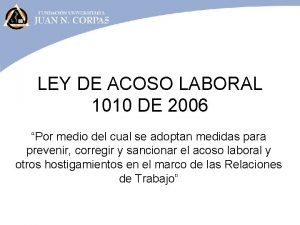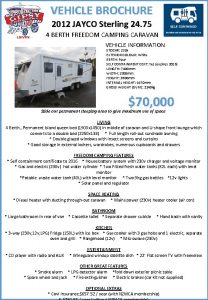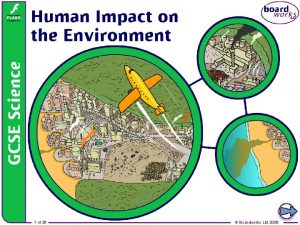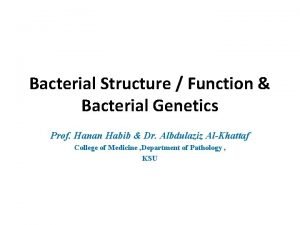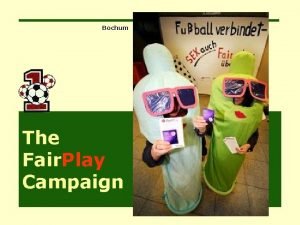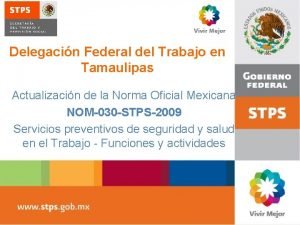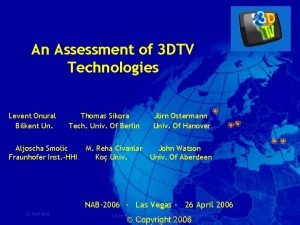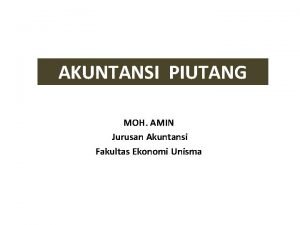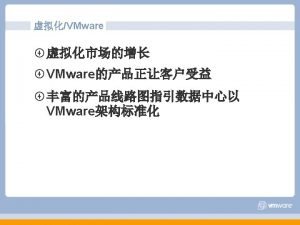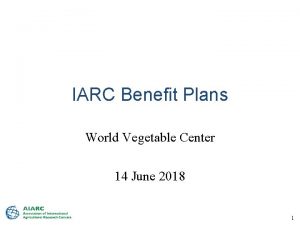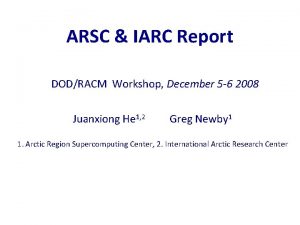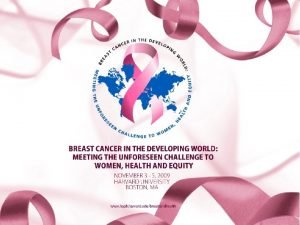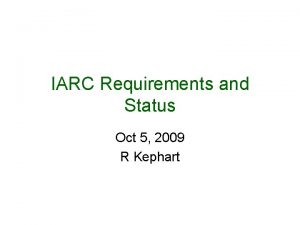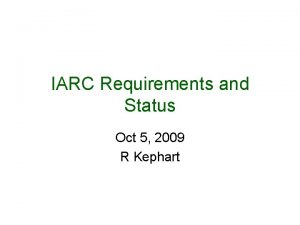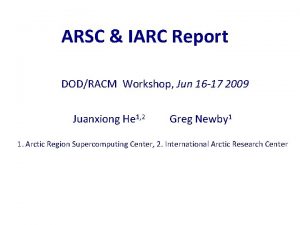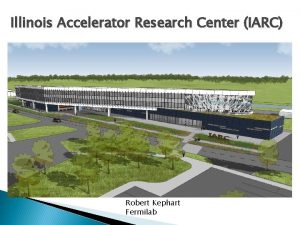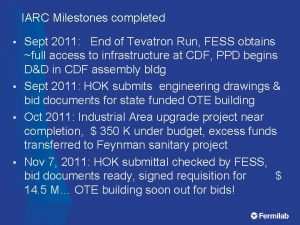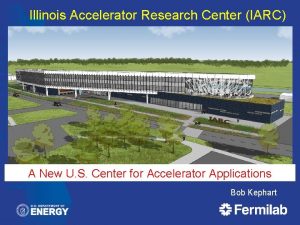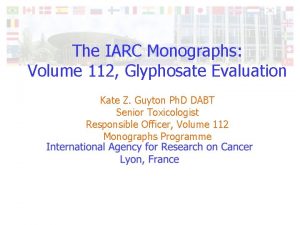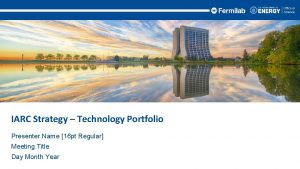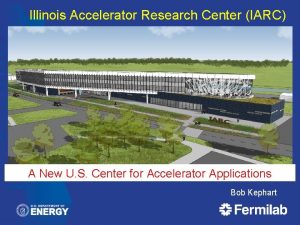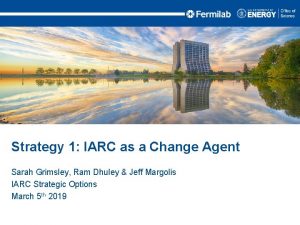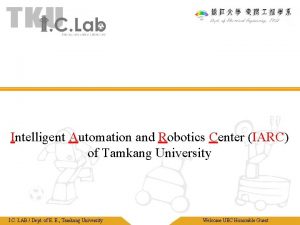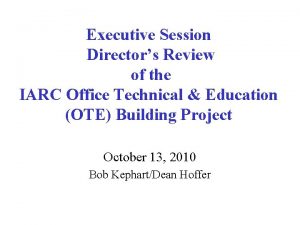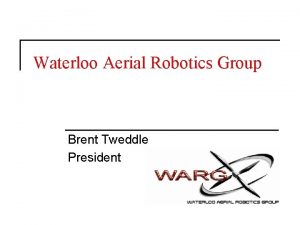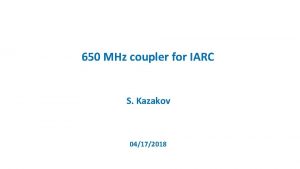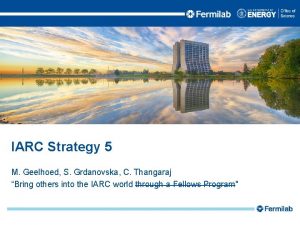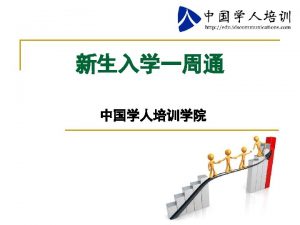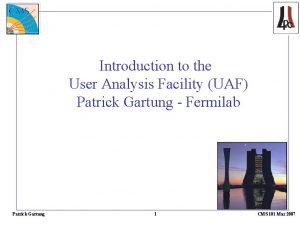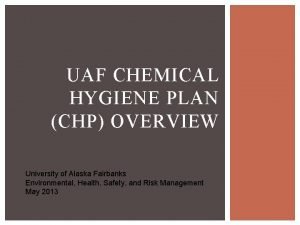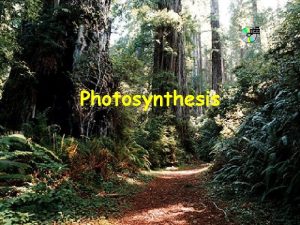Dukhovskoy et al 2006 www iarc uaf edu
































- Slides: 32

Dukhovskoy et al. 2006 www. iarc. uaf. edu Francis et al. 2009

MOSAi. C Multidisciplinary drifting Observatory for the Study of Arctic Climate Matthew Shupe – Univ. of Colorado/CIRES/NOAA On behalf of many…. . International Coordination Team D. Barber, K. Dethloff, S. Gerland, J. Inoue, C. Lee, B. Loose, A. Makshtas, W. Maslowski, M. Nicolaus, D. Notz, I. Peeken, D. Perovich, O. Persson, J. Schmale, M. Shupe, M. Tjernström , T. Vihma, J. Zhao US Science Development Team M. Alkire, C. Ashjian, B. Blomquist, J. Bowman, J. Creamean, G. de Boer, C. Fairall, D. Helmig, E. Hunke, J. Hutchings, J. Intrieri, J. Kay, J. Key, R. Kwok, C. Lee, B. Loose, W. Maslowski, A. Mc. Comiskey, D. Noone, D. Perovich, O. Persson, C. Polashenski, D. Randall, A. Roberts, M. Shupe, T. Stanton, M. Steele, M. -L. Timmermans, J. Toole, D. Turner, J. Verlinde And many more international partners

Arctic in Transition The central Arctic is changing dramatically, characterized by major sea-ice decline & more younger ice. Do we know why? and (importantly) how? Sept. 2012 1979 -2000 median Courtesy J. Stroeve nsidc. org

Implications of Change • • • We lack a system- and process-level understanding of change Poor model representation of coupled system, and change Potential emergence of new processes, tipping points Feedbacks with “globally significant consequences” (IPCC) Implications for regional and lower-latitude weather Implications for resource development, commerce, ecosystems, productivity, communities Francis et al. 2009 noaa. gov

Sea-Ice Energy Budget ARCTIC ENERGY BUDGET reflected solar radiation 115 W m 2 Incoming solar radiation 200 W m 2 Outgoing longwave radiation 183 W m 2 -100 Reflected by clouds, aerosol 45 & atmosphere 20 30 Absorbed by atmosphere 59 Reflected by surface (f > 65°N) 96 3 3 emitted by atmosphere 237 20 70 26 3 3 257 133 +98 back radiation 231 Surface radiation Absorbed by surface Turbulence Evapoby surface transpiration Sea ice 2 Decadal decline can be explained by ~1 W/m 2 excess. Kwok and Untersteiner 2011 +2

Coupling Mixed-phase clouds accompany warm moist advection aloft; Impacts BL structure. Liquid clouds increase LWdown by 40 -70 W/m 2 >> Significant change in surface energy budget. Thermal structure of snow and ice responds >> Conduction of heat through ice responds after Persson et al. 2016

Critical Model Shortcomings Regional Climate Models evaluated against SHEBA radiative fluxes reveal major biases and spreads, especially under clouds. Such biases can have serious implications for sea-ice concentrations. ~ 0 W m-2 ~-10 W m-2 ~-25 W m-2 Tjernström et al. 2008

Critical Model Shortcomings Inhibit our Understanding IPCC: “Further, understanding of the polar climate system is still incomplete due to its complex atmosphere-landcryosphere-ocean-ecosystem interactions involving a variety of distinctive feedbacks…. A serious problem is the lack of observations against which to assess models, and for developing process knowledge……” Among the primary causes of biases in simulated sea ice: • High-latitude winds • Vertical and horizontal mixing in the ocean • Surface heat flux errors • Atmospheric boundary layer • High-latitude cloudiness

Challenge of Sea-Ice Prediction • • • Physics matter Thermodynamics & Dynamics Coupled processes matter Interseasonal coupling The ice is changing 2006 2010 2012

MOSAi. C Concept Year-round, coordinated, and comprehensive measurements, extending from the atmosphere through the sea ice and into the ocean, are needed in the central Arctic Basin to provide a process-level understanding of the changing central Arctic coupled climate system that will contribute towards improved modeling of Arctic climate and weather, and prediction of Arctic sea-ice.

MOSAi. C Plan Drifting, interdisciplinary process study in central Arctic sea ice: 1) Central observatory: intensive atmos-ice-oceanecosystem observations 2) Distributed Network: Heterogeneity on model grid -box scale 3) Coordinated, multi-scale analysis & modeling activities, Links with YOPP 2019 -2020, annual cycle Central Arctic Basin ice pack

MOSAi. C Science Drivers Leading Science Question: “What are the causes and consequences of an evolving and diminished Arctic sea ice cover? ” Sea-ice Lifecycle as a Theme. Use a sea-ice “Lagrangian” perspective, where ice processes integrate forcings from atmos and ocean

Sea-Ice Energy Budgets Sea ice Atmosphere Reflected solar Reflected surface Absorbed by atmosphere Turbulence Absorbed by ice emitted by atmosphere back radiation Emitted-Absorbed by ice Sea ice Transmitted Ocean Outgoing LW Turbulence Large-scale advection Incoming solar radiation • Energy Budgets • Radiation • Upper Ocean Heat Storage • Mixing Processes • Turbulence • Stratification • Boundary Layers

Ice Motion / Deformation • • met. no Ice Age Ice Thickness Dist’n Floe Size Dist’n Ridging / Leads Roughness / Drag Momentum Transfer Dynamics / Velocity Ice –Wave Interactions

Clouds/Precip/Aerosols • Phase Partitioning / Mixed-phase • Radiative Processes • Cloud dynamics / Turbulence • Spatial Organization • Cyclogenesis • Aerosol Conc. / Source attribution • Precipitation Morrison et al

Biological/Chemical Cycles • Ecosystems and Communities • Primary Productivity • Elemental Cycles • Vertical Export and Mixing • Surface Gas Exchange • Photochemistry • DMS and Aerosol Precursors

MOSAi. C Operational Drivers

Interfacing with Satellites • • Operational strategies Ground validation Method development Upscaling

Data Assimilation JAMSTEC ALERA 2 Observing system experiments Global observations Extra Observations (radiosondes) Control Reanalysis w/o extra obs Data assimilation Atmospheric forecast Sea-ice forecast Predictability of extreme events Predictability of sea ice over NSR • Impact of additional observations • Operational forecasts • Re-analyses

Multiscale Modeling • LES & process modeling • SCM for evaluating parameterizations • CORDEX: Regional model intercomparison • Experimental, operational sea-ice forecasting • YOPP: Global coupled system modeling NOAA-ESRL

Large-Scale Implications Col der r. Wa r me Col der Jaiser et al. • Large-scale Transport • Linking local processes & hemispheric patterns • Upscaling • Implications of regional change

Stakeholder Services Assessment Year round observations in the Central Arctic Process studies Improved process models of Arctic subsystems Upscaling Coupling Parameterizations for Earth System Models Evaluation, Development Enhanced observing system and satellites rctic Pan-A ons vati Obser Sys tem i und sim s A ers n io lat tan Operational products, Monitoring din g Climate services Improved Weather & Sea-Ice forecasting Services for stakeholders and society

Implementation

Central Observatory Polarstern Icebreaker From Alfred Wegener Institute, Germany • Atmospheric remote sensing • Radiosondes • Air sampling • Ocean profiling/ADCP • Laboratories for analysis (biological, chemical, etc. ) • Base of operations • Safety • Data/sample storage

Ice Camp Limited access zone Met tower Met City Snow surveys / ice optics / mass balance Turbulence Ocean Small CTD Turbulence Net sampling ROV • • Low atmosphere Surface energy budget Snow / precip Sea-ice properties Gas exchange Ocean profiling Ocean heat fluxes Ocean/ice samples ARM SEBS Radiation Ice Hut 90 o Contaminated turbulence zone Power line (~500 m) ITP Ocean flux IMB snow Buoy Node ICE CORE FARM Snow surveys / ice optics / mass balance + ice sites at different ice types

Distributed Network • Enhanced coupled-system: >5 nodes, 15 km, (ocean profiling, ice mass balance, ocean and atmos heat fluxes) • Coupled-system: 5 -40 km (upper ocean, ice mass, met) • Ice deformation: 1 -40 km (gps) • Spatial mapping: UAS, glider, AUV, helicopter, scanning • Periodic visits for ocean/ice sampling & maintenance • Larger-scale network: pan. Arctic network of surface pressure buoys

Full Annual Cycle Perovich et al. 2008 Persson et al. 2002 • Arctic climate system has memory. Sea-ice integrates energy budgets. • Processes vary over the annual cycle. • Important to understand all phases of the sea-ice life cycle: Formation > growth > transport/deformation > melt/decay/export • Past observations biased towards summer (warm, easy); Relatively little understanding of winter processes.

Broad Support Identified as a priority activity: • IASC > ICARPIII • WWRP – Polar Prediction Project • WMO Climate and Cryosphere (Cli. C) • US Arctic Observing “Showcase Project” • NOAA/NASA/DOE Arctic priorities workshops • ECMWF modeling priorities workshop • Links to US IARPC priorities • Links to US SEARCH 5 -year goals

Commitments Ø AWI: Polarstern for 13 months Ø AWI: Ice, Ocean, Bio, Eco science contributions Ø US DOE ARM: Atmospheric Facility Ø TROPOS: Atmospheric Facility Ø Norway: Dedicated funding call Ø China/PRIC: Xuelong for resupply Ø Russia/AARI: Akademik Federov for install Ø NOAA-PSD/CIRES: Planning support

US Interagency Concept DOE 2 -3 NOAA Coupled model 2 -3 Assim. studies ABL dynamics Momentum transfer Cloudaerosolprecip Ice Energy Budgets Sea-ice forecasts Ocean mixing and stratification ONR 2 -3 Ice. BGC model UAS: Atmos/Sfc Mapping Ice dynamicthermodynamic interactions OML interactions with ice Ice model NASA Aircraft: radiation, surface Reanalysis Eval Satellite cal/val Ice morphology and optics Plankton, light & carbon cycle 0 -1 Snow accum. & dist. Marine methane cycle Sfc gas fluxes Largescale model Regional Model Atmos Chem NSF 7 -10 12 -15 berths total

Vision for NOAA Role Ø Observations: Surface energy fluxes (tower, autonomous stations), surface gas exchange, aerosols, UAS, Ø Operational satellite product evaluation and technique development Ø Coupled system observation/model studies Ø Experimental sea-ice and surface flux forecasting and assessment Ø Coupled system model evaluation and assimilation studies Ø Engage with YOPP

Thanks! www. mosaicobservatory. org
 Iarc klasyfikacja
Iarc klasyfikacja Unified architecture framework
Unified architecture framework Lms uaf
Lms uaf Admissions uaf
Admissions uaf Uaf bursar
Uaf bursar Uaf ehsrm
Uaf ehsrm Uaf ehsrm
Uaf ehsrm Funciones de la uaf
Funciones de la uaf üaf
üaf Concur ua
Concur ua Uaf
Uaf Edu.sharif.edu
Edu.sharif.edu Ramadan 2006
Ramadan 2006 January 31 2006
January 31 2006 T. trimpe 2006 http://sciencespot.net/
T. trimpe 2006 http://sciencespot.net/ Lei 11 346
Lei 11 346 T.trimpe 2006 http sciencespot.net
T.trimpe 2006 http sciencespot.net Hg 1051 din 2006
Hg 1051 din 2006 Diversion program ra 9344
Diversion program ra 9344 Rose report phonics
Rose report phonics Ley 1010
Ley 1010 Adler and rodman 2006
Adler and rodman 2006 2012 jayco sterling
2012 jayco sterling Http sciencespot.net
Http sciencespot.net Monarch awards 2006
Monarch awards 2006 Http://sciencespot.net/
Http://sciencespot.net/ Boardworks ltd 2006
Boardworks ltd 2006 Marc quinn, self
Marc quinn, self 2006 ford ranger 3.0 firing order
2006 ford ranger 3.0 firing order Fair play 2006
Fair play 2006 Nom 030 stps 2006
Nom 030 stps 2006 2006 hurricane season
2006 hurricane season Pada tanggal 5 oktober 2006 pt mana tahan
Pada tanggal 5 oktober 2006 pt mana tahan
